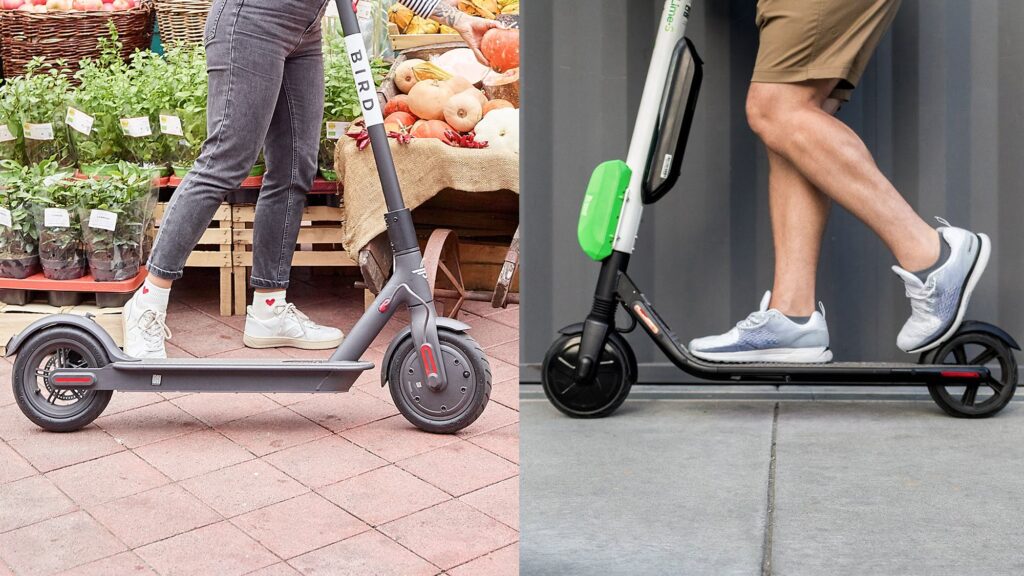As battery-powered scooters, or “battery scooties,” gain popularity worldwide, it’s crucial for riders to understand the laws and regulations that govern their use.
These regulations ensure the safety of riders, pedestrians, and other road users while promoting responsible and sustainable urban mobility. This article provides an overview of the key laws and regulations affecting battery scooties.
Licensing and Registration
Licensing Requirements
- Varies by Region: Licensing requirements for battery scooty riders vary significantly by country and even within regions of the same country. In some places, no special license is needed, while others may require a specific category of driver’s license.
- Age Restrictions: Many regions impose minimum age requirements for riding battery scooties, typically ranging from 16 to 18 years old.
Registration
- Vehicle Registration: Some regions require battery scooties to be registered with local transportation authorities. This often involves providing proof of ownership, meeting safety standards, and paying a registration fee.
- Insurance: In some areas, riders must also obtain insurance coverage for their scooties, similar to other motorized vehicles.
Safety Regulations
Helmet Laws
- Mandatory Helmet Use: Wearing a helmet is mandatory in many regions to protect riders in the event of an accident. The specific type of helmet required can vary, with some places insisting on helmets that meet certain safety standards.
Safety Gear
- Additional Gear: Some jurisdictions may require additional safety gear, such as reflective clothing or lights, especially when riding at night.
Speed and Power Limits
Speed Limits
- Regulated Speed: To enhance safety, many areas impose speed limits on battery scooties. These limits typically range from 15 to 25 kilometers per hour (9 to 15 miles per hour).
Power Restrictions
- Motor Power: There are often restrictions on the maximum motor power of battery scooties. For example, some regions limit the power to 250 watts to categorize them as bicycles rather than motor vehicles.
Usage Regulations
Designated Riding Areas
- Bike Lanes and Paths: In many places, battery scooties are required to be ridden in bike lanes or on designated paths, rather than on sidewalks or main roads.
- Pedestrian Areas: Riding in pedestrian-only areas is generally prohibited to prevent accidents and ensure the safety of pedestrians.
Parking Restrictions
- Designated Parking: Scooty riders must follow local parking regulations, which may include designated parking areas or restrictions on where scooties can be left.
Environmental Regulations
Noise and Emissions
- Noise Control: Battery scooties are generally quieter than gasoline-powered scooters, but some regions still have noise control regulations to ensure they do not cause disturbances.
- Emissions Standards: While battery scooties produce no emissions during operation, there may be regulations regarding the disposal and recycling of batteries to minimize environmental impact.
Compliance and Penalties
Regular Inspections
- Safety Inspections: In some regions, battery scooties must undergo regular safety inspections to ensure they are in good working condition and meet all regulatory standards.
Penalties for Non-Compliance
- Fines and Penalties: Non-compliance with laws and regulations can result in fines, penalties, or even the confiscation of the scooty. Riders may also face points on their driver’s license or other legal consequences.
Future Trends in Regulation
Evolving Laws
- Adapting Regulations: As battery scooties become more widespread, regulations are continually evolving. Governments and local authorities are adapting existing laws and introducing new ones to address emerging safety and environmental concerns.
- Public Input: In many areas, public input and feedback are being sought to shape future regulations, ensuring they meet the needs of both riders and the community.
Conclusion
Understanding the laws and regulations surrounding battery scooties is essential for safe and legal riding. Regulations vary widely by region, so it’s crucial to stay informed about local requirements regarding licensing, registration, safety gear, speed limits, and designated riding areas.
By adhering to these regulations, riders can enjoy the benefits of battery scooties while contributing to safer and more sustainable urban transportation.
As this mode of transport continues to grow, staying updated on evolving laws will ensure that you remain compliant and make the most of your battery scooty experience.

